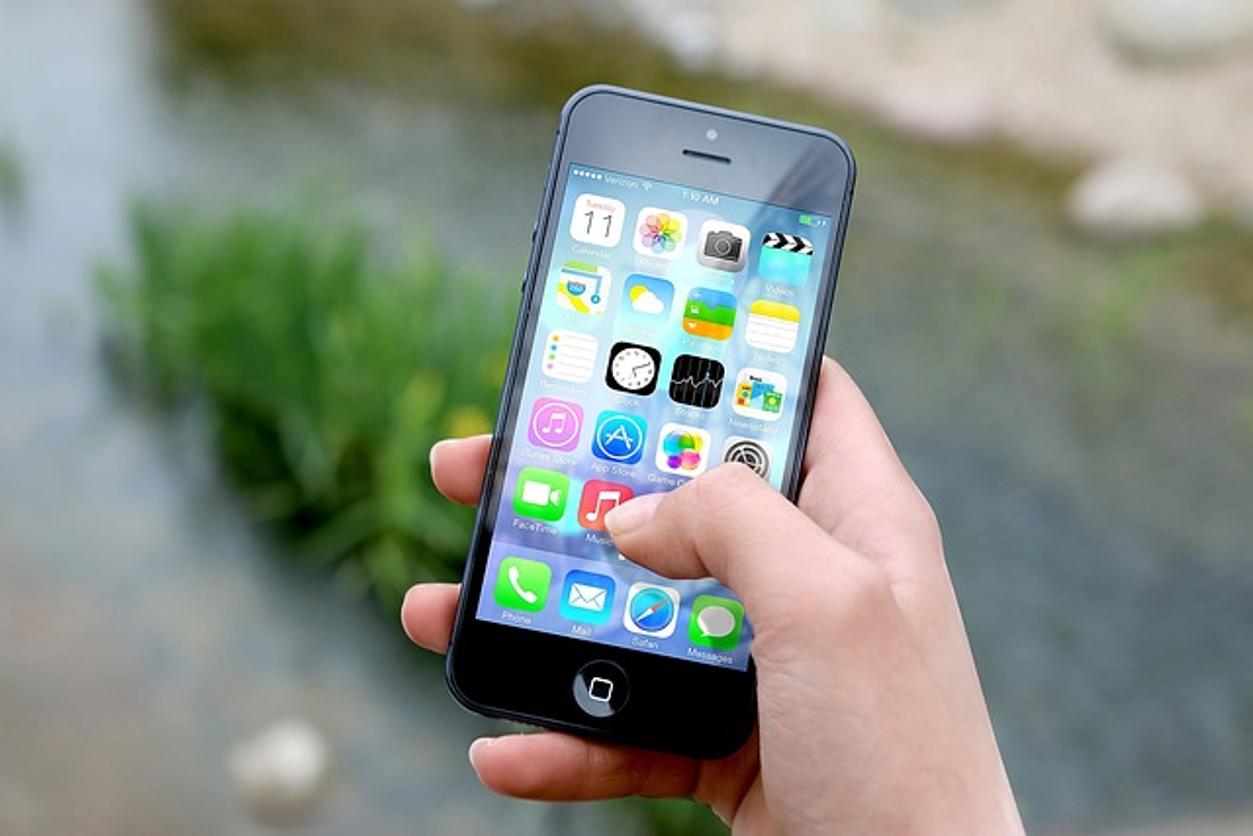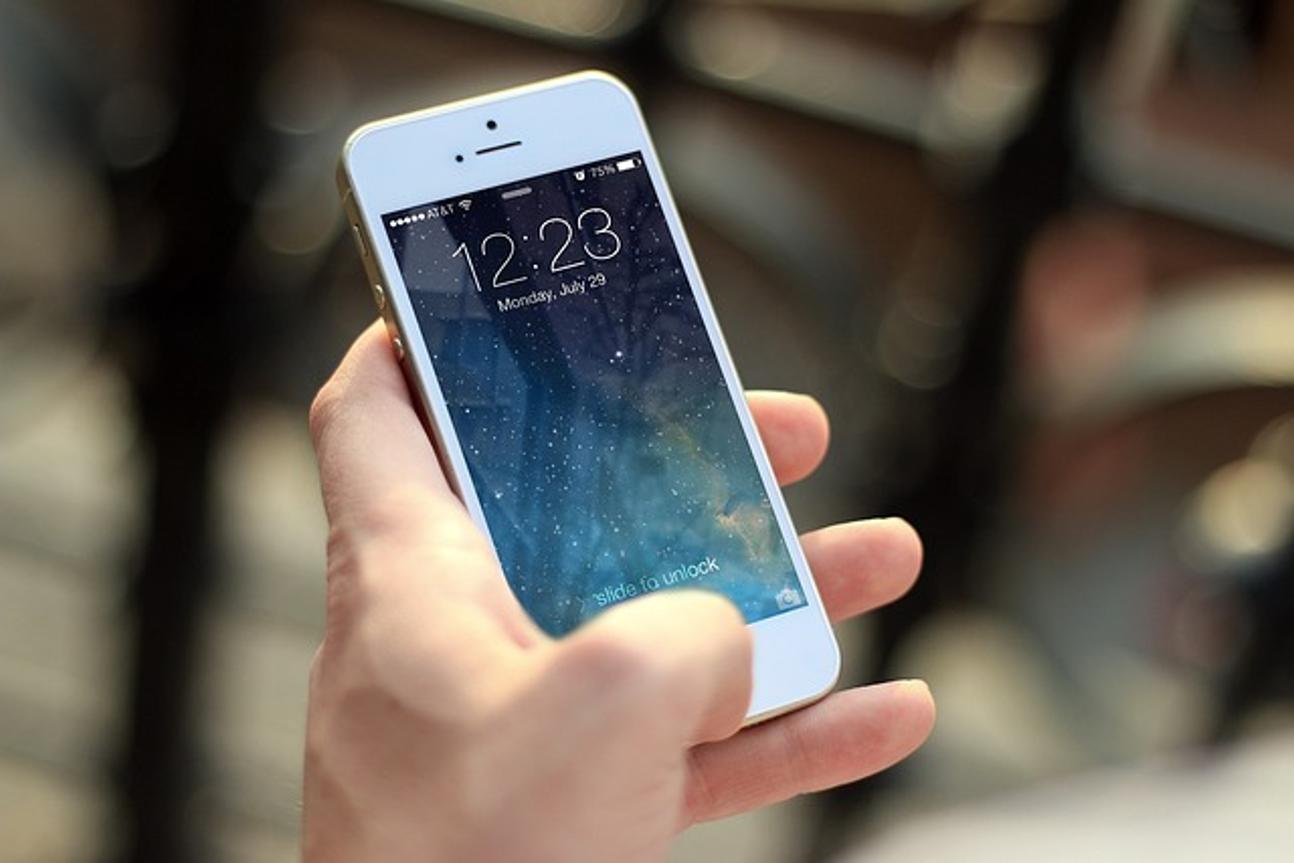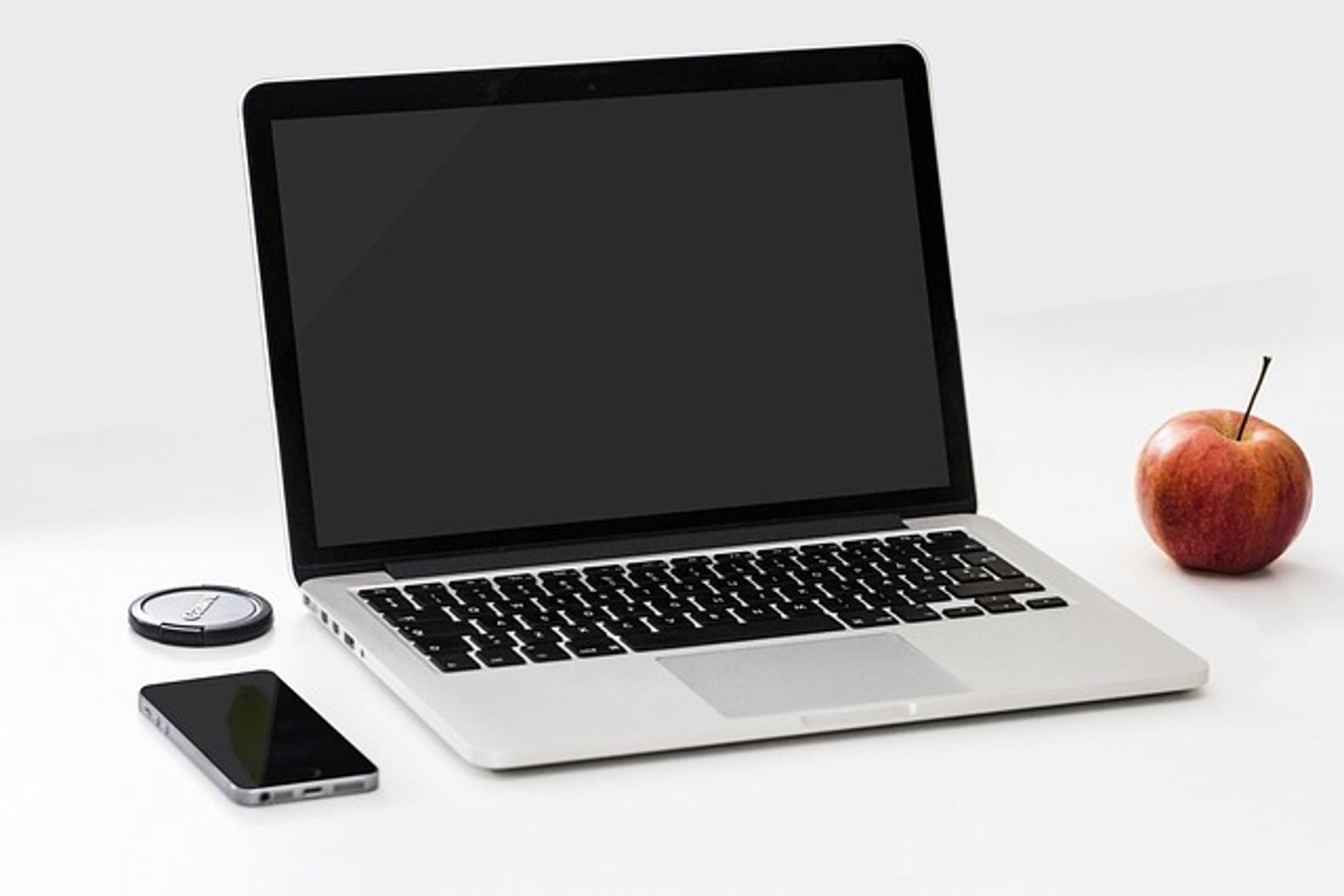How to Use Your iPhone on a Mac Computer with iOS18
Introduction
Efficiently integrating your iPhone with a Mac running iOS18 can significantly enhance your workflow. With iOS18, Apple has introduced various features that improve the connectivity and usability between these devices. Whether you're making calls, sending messages, or sharing files, this guide will walk you through everything you need to know. Let's dive in and explore how you can maximize this powerful synergy between your iPhone and Mac.

Setting Up Integration between iPhone and Mac
To start, ensure your devices are compatible and running the latest software versions. Both the iPhone and Mac need to be connected to the same Wi-Fi network and signed into the same iCloud account.
- Update Software: Check that your iPhone has iOS18 installed. On your Mac, make sure you're running macOS that supports iOS18.
- Enable Handoff: Go to Settings on your iPhone, tap General, and select AirPlay & Handoff. Toggle on Handoff. On your Mac, go to System Preferences, select General and check the 'Allow Handoff between this Mac and your iCloud devices.'
- Sign in to iCloud: Ensure both devices are signed in to the same iCloud account. You can do this by going to Settings > [your name] on your iPhone and System Preferences > Apple ID on your Mac.
- Enable Wi-Fi and Bluetooth: Ensure both devices have Wi-Fi and Bluetooth enabled for smooth connectivity.
These initial steps lay a strong foundation for integrating your iPhone with your Mac.
Utilizing Handoff and Continuity Features
Once you have set everything up, Handoff and Continuity features make it seamless to switch between devices.
Handoff allows you to start a task on one device and pick it up on another. For instance, begin drafting an email on your iPhone and finish it on your Mac. Here's how to use Handoff:
- Starting with Handoff: Open any supported app on your iPhone, such as Safari, Mail, or Notes.
- Continuing on Mac: A Handoff icon will appear on the Dock of your Mac. Click it to continue what you started on your iPhone.
Similarly, Continuity seamlessly connects phone calls, messages, and more.
Having enabled these features, you can now move on to specific tasks like making calls and sending messages through your Mac.
Making and Receiving Calls on Mac
Mac's capability to make and receive phone calls adds a layer of convenience.
- Enable Calls on Other Devices: On your iPhone, go to Settings > Phone > Calls on Other Devices and toggle on.
- Select your Mac: Ensure your Mac is listed and selected.
- Make a Call: Launch the FaceTime App or Contacts on your Mac, select a contact, and click the phone icon.
- Receive a Call: When someone calls your iPhone, a notification will pop up on your Mac. Click 'Accept' to answer.
This feature ensures you never miss important calls, even if your iPhone isn't nearby.

Sending and Receiving Text Messages on Mac
Text messaging from your Mac is another excellent feature.
- Enable Text Message Forwarding: On your iPhone, go to Settings > Messages > Text Message Forwarding. Toggle on your Mac.
- Send a Message: Open Messages on your Mac, and start a new conversation or continue an existing one.
- Receive Messages: You'll receive a notification on your Mac whenever you get a new message on your iPhone.
Text message integration streamlines your communication, making it easier to stay in touch from your Mac.
Using Universal Control for Seamless Workflow
Universal Control is an innovative feature, offering seamless multi-device interaction.
- Enable Universal Control: Go to System Preferences > Displays on your Mac and select 'Add Display.' Choose your iPhone from the list.
- Seamless Interaction: Use your Mac's trackpad and keyboard across both devices.
- Drag and Drop Files: Easily drag files between your Mac and iPhone.
- Clipboard Sharing: Copy text or images on one device and paste them on the other.
Universal Control significantly enhances productivity by turning your iPhone and Mac into an interconnected workspace.

Sharing Files with AirDrop
AirDrop is perfect for quick and easy file sharing.
- Enable AirDrop: On both devices, open Control Center, and make sure AirDrop is enabled.
- Share a File: Select the file or photo you want to share, tap the share icon, and choose AirDrop.
- Select your Mac: Your Mac should appear in the AirDrop section. Tap it to send the file.
- Accept on Mac: On your Mac, accept the incoming file.
This method quickly transfers files without the need for email or other apps, making collaboration effortless.
Screen Mirroring and Sharing with AirPlay
AirPlay broadens your screen sharing and mirroring capabilities.
- Enable AirPlay: Ensure both devices are on the same Wi-Fi network. Swipe down on your iPhone to access Control Center and tap Screen Mirroring.
- Choose your Mac: Select your Mac from the list of available devices.
- Mirror your Screen: Your iPhone's screen will appear on your Mac.
- Stop Mirroring: To stop, go back to Control Center and tap Screen Mirroring, then Stop Mirroring.
AirPlay allows you to project presentations, videos, and photos from your iPhone to your Mac easily.
Conclusion
Integrating your iPhone with a Mac running iOS18 opens up an array of functionalities to streamline your daily tasks. From making calls and sending messages to using advanced features like Universal Control and AirPlay, you can harness the full potential of both devices. Make sure to follow the outlined steps for a smooth and productive experience.
Frequently Asked Questions
How do I enable Handoff between my iPhone and Mac?
Go to Settings on your iPhone, select General, and then AirPlay & Handoff. Toggle on Handoff. On your Mac, go to System Preferences, select General, and check 'Allow Handoff between this Mac and your iCloud devices.'
Can I make phone calls from my Mac using my iPhone?
Yes, you can. Ensure both devices are connected to the same Wi-Fi network and signed into the same iCloud account. Enable Calls on Other Devices from Settings > Phone on your iPhone, and make or receive calls using the FaceTime app on your Mac.
What should I do if AirDrop is not working?
Ensure both Wi-Fi and Bluetooth are enabled on both devices. Make sure both devices are close to each other, AirDrop is set to 'Contacts Only' or 'Everyone,' and both devices are awake. If issues persist, restarting the devices may help.



